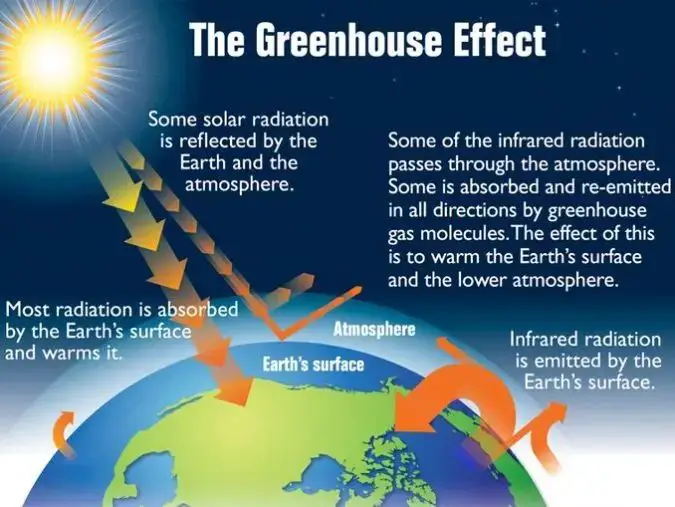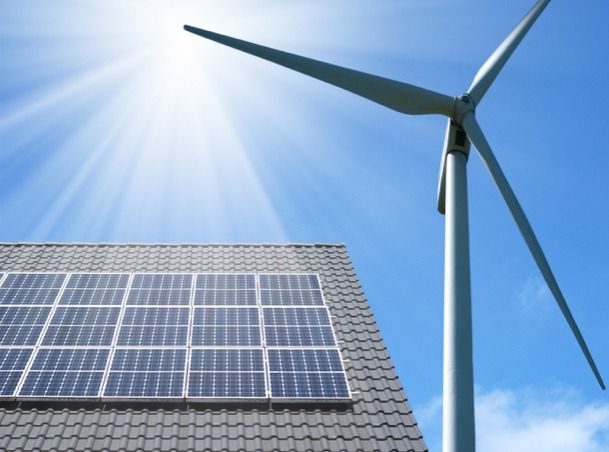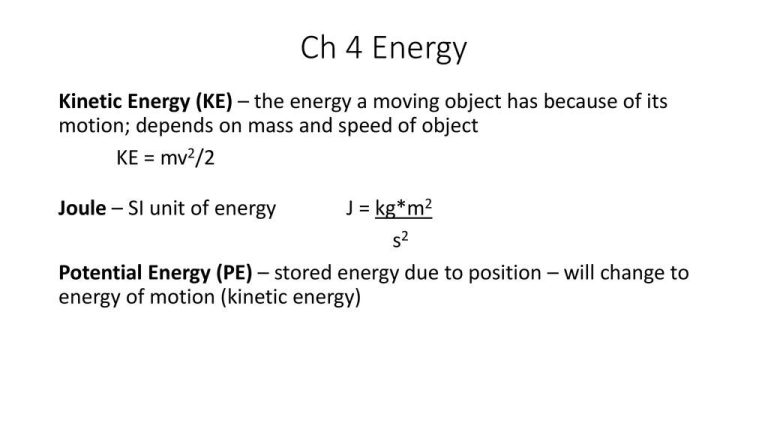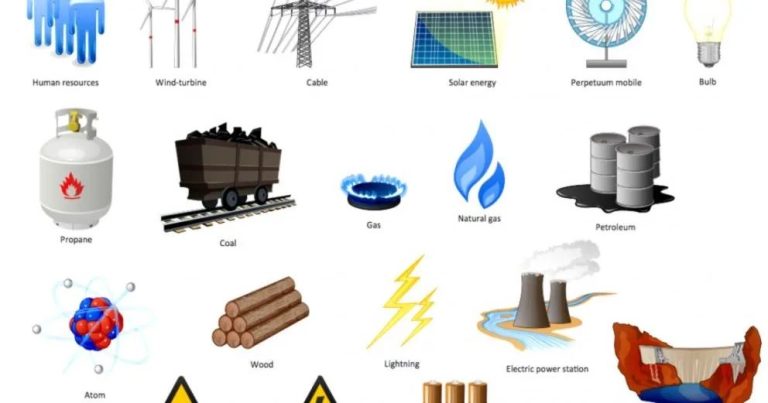Why Are People Against Alternative Energy?
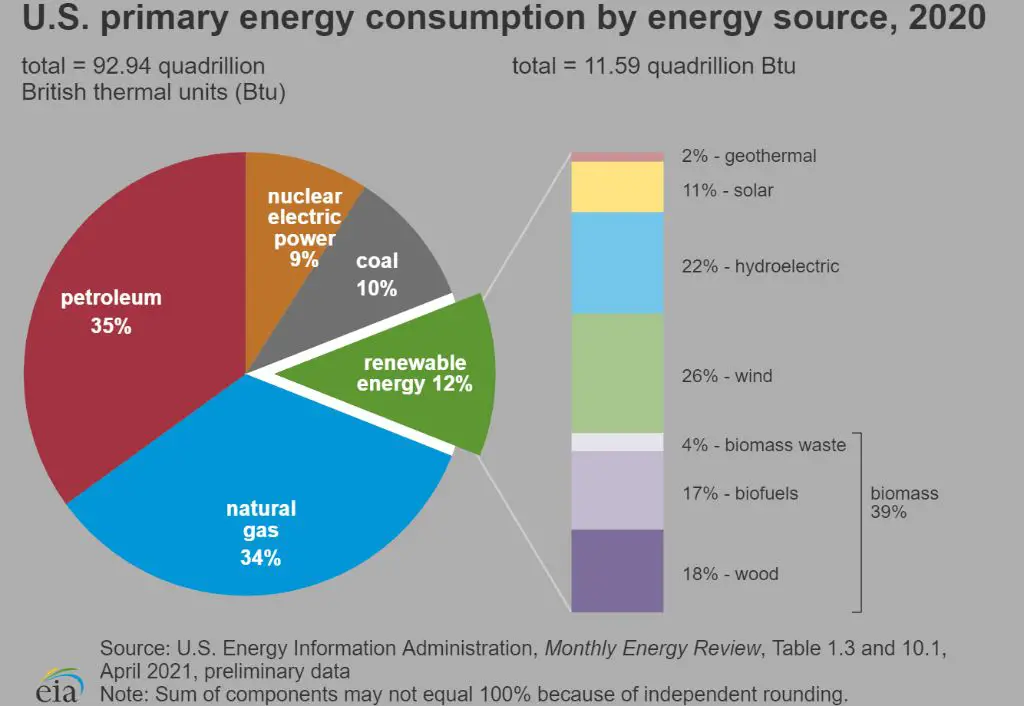
As the climate crisis intensifies and public concern grows, the transition from fossil fuels to renewable energy has taken on new urgency. However, despite broad public support for renewables, opposition remains in some sectors. Understanding the roots of this opposition is critical to navigating the energy transition.
Reasons for opposing renewable energy range from cost concerns to aesthetic objections to vested fossil fuel interests. Some fear job losses in the fossil fuel industry or distrust new technologies. Others prioritize the status quo or doubt the necessity of change. At the heart of much opposition is a lack of awareness of the dangers of unchecked climate change and the viability of renewable solutions.
This article will analyze the complex roots of renewable opposition and what it will take to shift attitudes and build consensus for an inclusive energy transition. With public sentiment and market forces increasingly aligned, solutions may be within reach if society can bridge knowledge gaps and reframe the debate.[1]
Cost Concerns
One major reason people oppose alternative energy sources is their high upfront costs compared to traditional fossil fuels. Building large-scale wind farms, solar arrays, tidal power stations, and other renewable infrastructure requires substantial initial investments. According to the U.S. Energy Information Administration, the overnight capital costs per kW of capacity for onshore wind farms is $1,621, compared to only $1,020 for advanced natural gas-fired plants.
In addition to the high installation costs, renewable energy investments often have longer payback periods and return on investment horizons. Fossil fuel power plants can begin generating revenue almost immediately, while it can take 20+ years for solar and wind projects to break even. This makes investors more hesitant to finance alternative energy projects.
Alternative energy also currently lacks the generous government subsidies that benefit the fossil fuel industry. The International Monetary Fund estimates global subsidies for fossil fuels are around $5.2 trillion per year when accounting for externalized costs. Removing subsidies and leveling the playing field could help make alternative energy more cost-competitive.
Sources: Renewable Energy vs Fossil Fuels: Clear Cost Differences
Reliability Fears
Some people have concerns about the reliability of renewable energy sources like solar and wind power due to their intermittent nature. The sun doesn’t always shine and the wind doesn’t always blow, so there are natural ebbs and flows in their electricity generation capacity.
This intermittency creates challenges in matching energy supply with demand, as well as issues around electricity storage. Batteries and other storage technologies are improving but have not yet reached the capacity needed to act as a reliable baseload power source when renewable generation is low.
Without proper storage capacity or backup power sources like natural gas or hydropower, some argue that renewable energy lacks the consistent baseload capacity that coal, nuclear and natural gas provide today. However, studies show that with a modernized grid and diversified renewable energy portfolio, including geothermal and hydropower, 90% or more of U.S. energy needs could be met through renewable sources alone.
While intermittency and storage are valid challenges, they do not inherently make renewable energy unreliable. With smart grid technology and a balanced energy mix, renewable energy can provide consistent and dependable power. Doubts around renewable reliability often stem from outdated views of energy systems rather than inherent flaws of renewable resources themselves. Reliability concerns should be addressed through appropriate policy and infrastructure upgrades rather than used as an argument against renewable energy overall.
Aesthetic Opposition
Many opponents of alternative energy like wind and solar raise concerns over aesthetics and harm to natural landscapes. The appearance of large wind turbines and solar panels can be seen as marring the natural beauty of the environment. According to a report by Environmental Defence, “Although opposition to wind farms on aesthetic grounds is a legitimate point of view, opposition to wind farms on the basis of potential adverse health effects is not supported by the evidence.”[1] Some find wind turbines or solar farms visually unappealing and worry they will disrupt pristine rural or wilderness landscapes.
There is disagreement over whether renewable energy infrastructure harms or enhances the aesthetics of nature. Proponents argue that the structures have a graceful, sculptural appearance. Nonetheless, detractors feel they clutter horizons and degrade natural vistas. Opposition often arises when turbines or solar arrays are slated near national parks, forests, or coastlines. However, technology advances may continue improving efficiency while reducing visible infrastructure size. Policies like setback limits, screening, camouflage paint, and community consultation can also mitigate aesthetic concerns. Overall, aesthetic impacts remain subjective and complex.
[1] https://environmentaldefence.ca/wp-content/uploads/2016/01/BlowingSmokeReport_FINAL2.pdf
Job Loss Fears
The decline of fossil fuel industries is a major concern, as these sectors currently provide high-paying jobs for millions of workers without college degrees. According to research from the Boston Globe, most displaced blue-collar workers remain in their communities when job losses occur, which can strain local economies if new employment isn’t created (source).
Transitioning fossil fuel workers to clean energy jobs requires substantial investment in retraining and economic development. Analysis from the World Resources Institute predicts a net loss of 900,000 to 1.2 million jobs in fuels industries by 2035 under different decarbonization scenarios (source). However, research shows clean energy job creation could offset losses. Carbon Brief found Republican-led US states stand to lose 700,000 fossil fuel jobs but gain 1.7 million renewable energy jobs from 2025-2050 (source).
Ideological Resistance
Some opposition to alternative energy stems from an ideological resistance, particularly from individuals and groups who doubt or deny climate change science. Despite the scientific consensus on human-caused climate change, climate change denial remains prevalent in some conservative circles. This leads to blanket opposition to renewable energy policies aimed at reducing greenhouse gas emissions.
Additionally, some conservative groups harbor a general distrust of environmentalism and view renewable energy promotion as part of a liberal environmental agenda. They see it as unwanted government interference in energy markets rather than a pragmatic response to climate change. This ideological resistance acts as a persistent headwind against renewable energy adoption, despite clear environmental and economic benefits.
Status Quo Bias
A significant factor working against alternative energy adoption is status quo bias. The status quo bias encourages individuals and organizations to maintain the current state of affairs and resist making changes. This cognitive bias leads people to prefer things to stay the same rather than try new technologies or approaches, even if an alternative might offer benefits [1].
With energy sources, this bias manifests as a reluctance by consumers to switch away from traditional fossil fuels to newer renewable options. People are uncertain about the costs, reliability, and consequences of transitioning to different energy systems. This uncertainty makes them favor maintaining the status quo with familiar energy sources like oil and coal [2]. The status quo feels known and safe, while change represents risk.
Overcoming the status quo bias requires clearly communicating the long-term benefits of switching to renewables, despite some short-term uncertainties and costs. People need to understand why modifying the current energy system is ultimately in their interests. With proof that change will lead to a better outcome, status quo bias can be gradually reduced over time.
Vested Interests
The fossil fuel industry has a clear vested interest in fighting against alternative energy adoption and climate action. Major oil, gas, and coal companies stand to lose profits and market share as renewable energy and electric vehicles become more prevalent. As a result, these legacy energy companies have engaged in significant political lobbying and disinformation campaigns to protect their business interests.
According to The Guardian, fossil fuel companies like ExxonMobil and Chevron employ “double agents” who work as lobbyists for environmental groups while also working for the oil industry [1]. These lobbyists push for weaker climate policies that are more favorable to the fossil fuel industry. Fossil fuel trade associations like the American Petroleum Institute (API) have spent over $2 billion on lobbying against climate action over the past decade [2]. The industry engages in tactics like astroturfing campaigns, political donations, and spreading climate science misinformation.
By protecting the status quo and resisting transition to clean energy, major fossil fuel companies are prioritizing short-term profits over climate action. Overcoming their vested interests is key to enacting policies that reduce emissions and grow the renewable energy economy.
Overcoming Opposition
While there can be many valid concerns about transitioning to alternative energy, much opposition can be overcome through education, government policy, and community engagement. According to an article on the LinkedIn Advice blog, understanding the context behind opposition and building strategic coalitions can help facilitate the transition to renewable energy (source). Providing clear information on the costs and benefits of alternative energy compared to conventional sources can alleviate misconceptions. Government incentives and regulations like tax credits, rebates, and renewable energy standards can also accelerate adoption.
Engaging local communities and promoting social acceptance is key for the success of renewable energy projects. As discussed in an article from Utilities One, developers should involve residents early in the process, be transparent, and highlight local economic benefits like job creation and lease payments to landowners (source). With thoughtful communication and inclusive policies, much skepticism can be addressed to allow a smooth transition to cleaner energy.
Conclusion
In summary, there are many reasons why some people oppose alternative energy, from cost and reliability concerns to aesthetic and ideological opposition. Fears about job losses in traditional energy sectors and resistance to changing the status quo also fuel this opposition.
However, it’s important to continue advocating for a transition to alternative energy. Addressing reasonable concerns around costs and reliability with facts and technological improvements can help overcome opposition. Emphasizing the environmental and sustainability benefits of alternative energy is also key. With persistence and open communication, we can work to build broader public support for reducing our reliance on fossil fuels.

